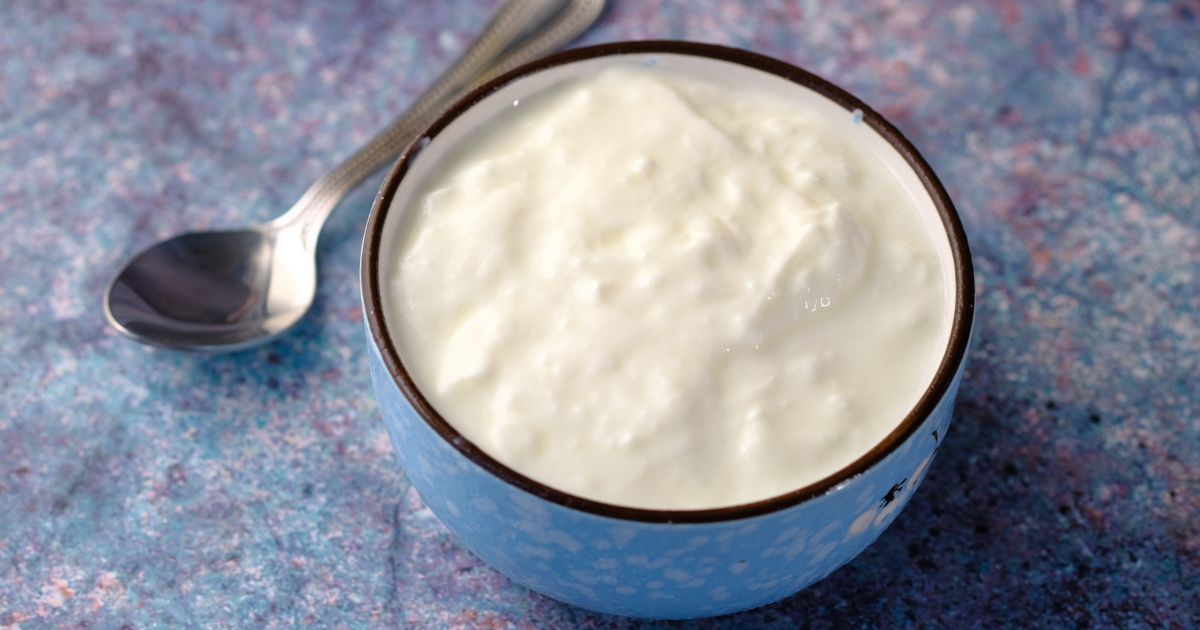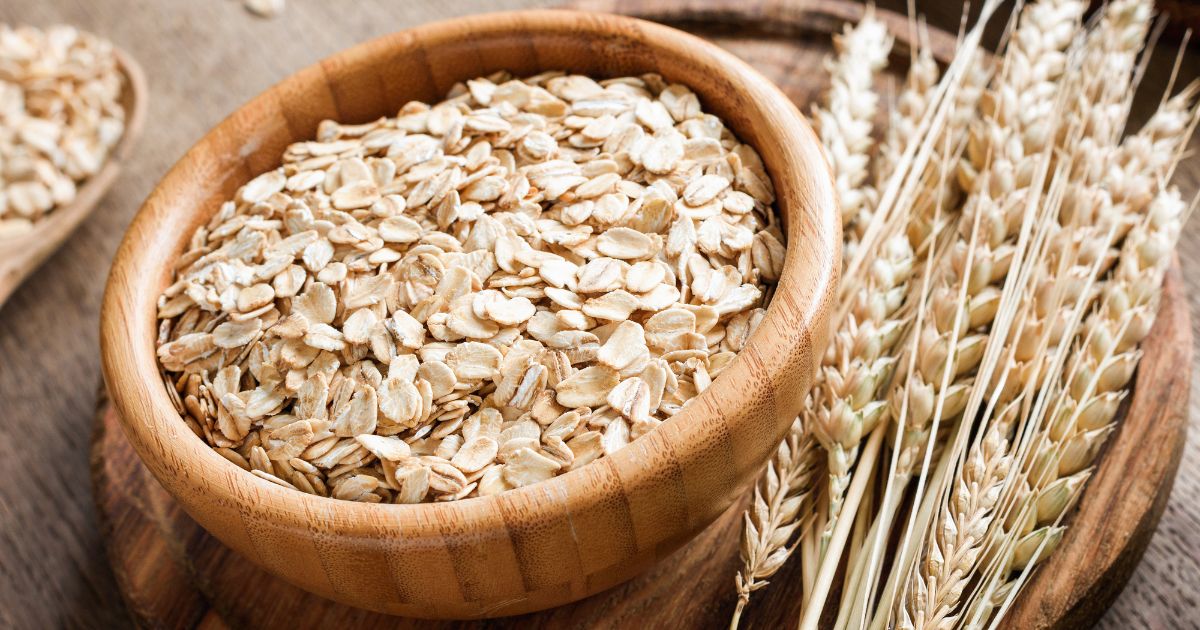The yogurt market in Mexico experienced substantial growth in 2023, marking a pivotal moment in the country’s dairy industry. Industry reports indicate that this growth trend is expected to persist, with an estimated compound annual growth rate (CAGR) of 5.00% anticipated for the period from 2024 to 2032. This expansion reflects evolving consumer preferences, increased awareness of health and wellness, and continual innovations within the yogurt segment.
Historical Context:
Yogurt has been a dietary staple in Mexico for decades, celebrated not only for its rich taste but also for its nutritional benefits. Traditionally consumed in its natural form, the Mexico yogurt market has evolved to encompass a diverse array of options, including flavored varieties, Greek-style yogurts, and those fortified with probiotics to meet the changing demands of discerning consumers.
Major Players:
The Mexican yogurt market is characterized by the presence of both local and international dairy companies. Major players such as Grupo Lala, Danone, and Sigma Alimentos have been instrumental in shaping the market dynamics. These companies offer a wide range of yogurt products, contributing to the market’s growth and influencing consumer choices through diverse flavors, textures, and nutritional profiles.
Market Dynamics:
- Flavor Innovation: A prevailing trend in the Mexican yogurt market is the continuous innovation in flavors. Yogurt manufacturers have responded adeptly to consumer demands for a variety of taste experiences, introducing options that range from traditional fruit flavors to more exotic and localized tastes, capturing the diverse palate of Mexican consumers.
- Health and Wellness Focus: A growing emphasis on health and wellness has driven the demand for yogurt perceived as a healthy snack. Probiotic-rich yogurts, those with added vitamins and minerals, and low-fat options have gained popularity, aligning with global trends that position yogurt as a functional food contributing to overall well-being.
- Product Diversification: Yogurt manufacturers in Mexico have expanded their product lines to include an array of offerings. This includes Greek-style yogurts known for their thicker consistency, lactose-free alternatives to cater to those with dietary restrictions, and organic and natural yogurts appealing to consumers seeking wholesome and minimally processed options.
- Convenient Packaging: The Mexican yogurt market has seen innovations in packaging aimed at enhancing convenience and addressing on-the-go consumption. Single-serving packs, resealable containers, and portion-controlled options have become prevalent, reflecting the industry’s commitment to meeting evolving consumer lifestyles.
- Rise of Plant-Based Yogurts: Mirroring global trends, the popularity of plant-based diets has influenced the Mexican yogurt market. Plant-based yogurt alternatives made from ingredients like soy, almond, and coconut have gained traction among consumers seeking dairy-free and vegan options.
Regulatory Landscape:
The yogurt market in Mexico operates within a regulatory framework overseen by authorities such as the Federal Commission for the Protection against Sanitary Risk (COFEPRIS). These regulations ensure product safety, accurate labeling, and adherence to quality standards, contributing to consumer confidence in the yogurt products available in the market.
Challenges and Opportunities:
While the Mexican yogurt market presents significant growth opportunities, it is not without challenges. Economic factors, changing consumer preferences, and competition within the dairy industry can impact market dynamics. However, the industry’s ability to adapt, innovate, and align with shifting consumer trends positions it to overcome challenges and continue its positive trajectory.
Market Segmentation:
The Mexican yogurt market exhibits a comprehensive segmentation, catering to a broad spectrum of consumer preferences. This segmentation includes traditional yogurts in various fat percentages, specialty yogurts like Greek and organic options, as well as yogurt drinks and smoothies. These diverse offerings allow manufacturers to address the unique tastes and dietary needs of different consumer segments, contributing to the market’s overall robustness.
Local and Regional Varieties:
Beyond major players, the Mexican yogurt market benefits from the presence of local and regional dairy producers, contributing to a rich tapestry of yogurt varieties. These smaller-scale operations often emphasize authenticity, using locally sourced ingredients and traditional production methods. This localized approach resonates with consumers seeking unique and culturally rooted yogurt options.
Retail Landscape:
The availability and accessibility of yogurt products in Mexico are shaped by the retail landscape. Yogurt is widely distributed through supermarkets, convenience stores, and traditional markets, ensuring that consumers from various socio-economic backgrounds have access to a diverse range of options. Collaborations between yogurt manufacturers and retailers facilitate promotional activities, ensuring broad consumer reach.
Nutritional Education Initiatives:
The increasing health consciousness among Mexican consumers has prompted yogurt manufacturers to engage in nutritional education initiatives. These campaigns focus on highlighting the health benefits of yogurt, emphasizing its role in digestive health, providing essential nutrients, and contributing to overall well-being. Such initiatives contribute to an informed consumer base and foster long-term brand loyalty.
Cultural Influences on Consumption:
Cultural factors play a significant role in shaping yogurt consumption patterns in Mexico. Yogurt is often integrated into traditional Mexican recipes, desserts, and beverages, showcasing its versatility in the local culinary landscape. Cultural events and celebrations further drive yogurt consumption, with manufacturers aligning their marketing strategies with these occasions to strengthen brand associations.
E-commerce and Digital Presence:
The rise of e-commerce has influenced the distribution channels for yogurt products in Mexico. Consumers can conveniently purchase a wide array of yogurt options online, contributing to increased accessibility. Digital marketing strategies, including social media campaigns and influencer collaborations, play a crucial role in enhancing brand visibility and engagement, particularly among younger demographics.
Forecast and Future Outlook:
With an estimated compound annual growth rate (CAGR) of 5.00% from 2024 to 2032, the Mexican yogurt market is poised for sustained growth and innovation. The industry’s focus on diversification, health-conscious offerings, and engagement with cultural and regional preferences positions it as a dynamic player in the global yogurt landscape. As consumer demands evolve, the Mexican yogurt market is expected to adapt, offering a broad array of choices that reflect the nation’s culinary heritage and contemporary preferences.




